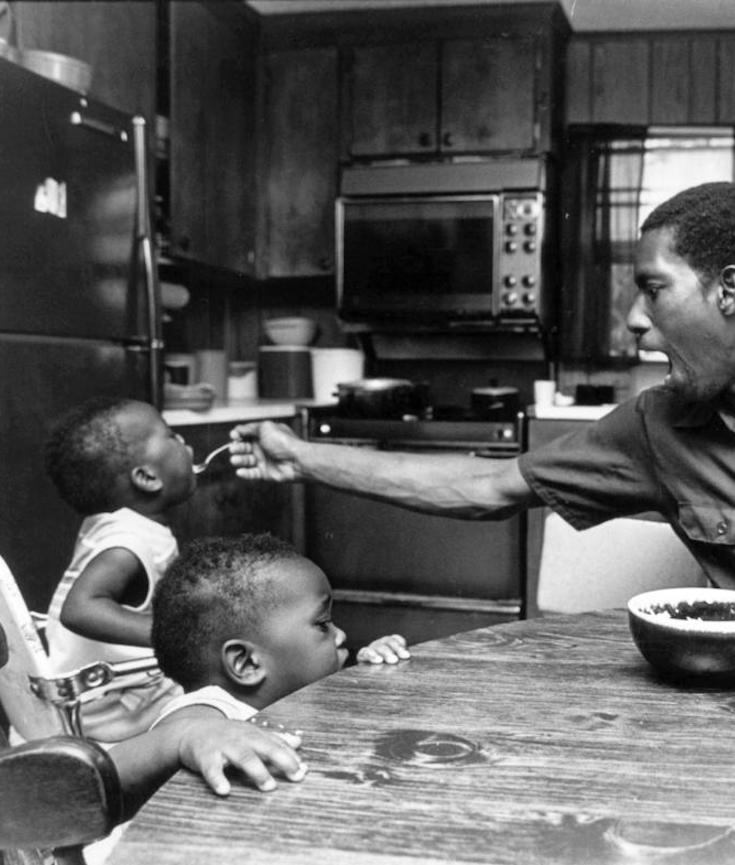[dropcap]Sharp[/dropcap] differences along lines of race and politics shape American attitudes toward the poor and poverty, according to a new survey of public opinion, which finds empathy toward the poor and deep skepticism about government antipoverty efforts.
The differences illuminate some of the passions that have driven this year’s contentious presidential campaign.
But the poll, which updates a survey The Times conducted three decades ago, also illustrates how attitudes about poverty have remained largely consistent over time despite dramatic economic and social change.
Criticism of the poor – a belief that there are “plenty of jobs available for poor people,” that government programs breed dependency and that most poor people would “prefer to stay on welfare” – is especially common among the blue-collar, white Americans who have given the strongest support to Donald Trump.
The opposite view — that jobs for the poor are hard to find, that government programs help people get back on their feet and that most of the poor would rather earn their own way — is most widely held among blacks and other minorities, who have provided the strongest backing to Hillary Clinton.
Roughly a third of self-described conservatives say that the poor do not work very hard, a view at odds with big majorities of moderates and liberals.
But while Americans disagree in how they view the poor, they’re more united in their skepticism of government programs.
That skepticism has held true for decades. The first Times poll of American attitudes toward poverty, in 1985, broke ground by surveying enough poor people to compare their views with those of people in the middle class.
The new survey, which was conducted by The Times and the American Enterprise Institute, a Washington think tank that is generally conservative, asked similar questions but with some updating.
Much has changed since the 1980s. Welfare got a major overhaul in the 1990s. The number of poor Americans dropped sharply in that decade, only to partially rise again, particularly during the deep recession that began in 2007.
But many attitudes have held steady, the new poll found, particularly doubts about the federal government’s ability to run its antipoverty programs, as well as their justification.
In the original poll, 58% of Americans said that such efforts had “seldom” worked, while 32% said they “often” had. In the new survey, with a differently worded question, 13% of Americans said such programs have had “no impact” on reducing poverty, and 43% said they have had “some impact.” Only 5% said they have had a “big impact.”
Those living below the poverty line and those above it had largely similar views on that issue both now and three decades ago.
College-educated minorities were most likely in the current poll to say that government programs have had a positive impact on poverty, with more than 7 in 10 taking that view.
At the other end of the scale, about one-third of Americans said that government programs had made poverty worse, a view that was particularly common among conservatives, 47%, and blue-collar whites, 43%.
In both surveys, about 7 in 10 Americans said that even if the government were “willing to spend whatever is necessary to eliminate poverty,” officials do not know enough to accomplish that goal.
[mc4wp_form id=”6042″]
 Iris Schneider / Los Angeles Times | Photo Credit
Iris Schneider / Los Angeles Times | Photo Credit
 Iris Schneider / Los Angeles Times | Photo Credit
Iris Schneider / Los Angeles Times | Photo Credit
 Iris Schneider / Los Angeles Times | Photo Credit
Iris Schneider / Los Angeles Times | Photo Credit
AID TO FAMILIES WITH DEPENDENT CHILDREN | AFDC
Aid to Families with Dependent Children (AFDC) was a federal assistance program in effect from 1935 to 1996 created by the Social Security Act (SSA) and administered by the United States Department of Health and Human Services that provided financial assistance to children whose families had low or no income.
This program grew from a minor part of the social security system to a significant system of welfare administered by the states with federal funding. However, it was criticized for offering incentives for women to have children, and for providing disincentives for women to join the workforce. In 1996, AFDC was replaced by the more restrictive Temporary Assistance for Needy Families (TANF) program. (Wikipedia).


You must be logged in to post a comment.